Namaste is one of the most profound gestures of Indian culture, symbolizing respect, humility, and the recognition of the divine presence in every being. With folded hands and a gentle bow, this timeless salutation has travelled far beyond India’s temples and homes, becoming a universal expression of peace and unity.
Derived from Sanskrit, Namaste translates as “I bow to you” and carries the deeper essence of “The divine in me honours the divine in you.” More than a cultural custom, it is a spiritual acknowledgment that all life is interconnected. Today, Namaste is celebrated not only in Hindu rituals and prayers but also in yoga, meditation, and even global diplomacy, a simple yet powerful gesture that bridges cultures and hearts across the world.
What Does Namaste Mean?
The word Namaste comes from Sanskrit, combining two terms: “Namah” meaning bow, reverence, or adoration, and “Te” meaning to you. Together, it translates as “I bow to you”, a gesture of respect and acknowledgment.
But in Indian philosophy, the meaning goes deeper. Some interpret Namah as “na ma” or “not mine,” symbolizing the surrender of ego in the presence of another. This makes Namaste not only a polite greeting but also a spiritual act of humility, recognizing that the self is not separate, but part of a larger divine reality.
At its heart, Namaste means:
- “The divine in me honours the divine in you.”
- Acknowledging the inner light (Atman) present in every being.
- Affirming unity, respect, and equality beyond social or cultural differences.
This is why Namaste is more than a word, it is a philosophy in action, a constant reminder that all life is sacred and interconnected.
How is Namaste Performed?
Namaste is expressed through a graceful hand gesture known as Anjali Mudra. The palms are pressed together, fingers pointing upward, and placed close to the heart chakra (Anahata), the energy centre associated with love and compassion. The gesture is completed with a gentle bow of the head, signifying humility and reverence.
Every part of this act holds meaning:
Folded palms- symbolize the union of opposites, balance of mind and body, and harmony between the individual and the universe.
Placement near the heart- reflects sincerity and the offering of one’s inner self in respect to another.
Slight bow of the head- an outward expression of humility and acknowledgement of the divine spark in others.
In prayers and rituals, the eyes may close while doing Namaste, turning awareness inward to the divine essence. This transforms a greeting into a moment of meditation, where the self recognizes the sacredness within and beyond.
Spiritual Significance of Namaste
Namaste is far more than a gesture of politeness; it is a spiritual declaration that honours the divine spark present in every being. When the palms meet at the heart and the head bows, it is an acknowledgment that the same life force, the same consciousness, flows through all of creation.
In Hindu philosophy, this reflects the truth that the Atman (individual soul) and Brahman (universal soul) are one. By saying Namaste, we silently affirm: “I recognize the Divine within you, which is also within me.”
The spiritual essence of Namaste includes:
- Oneness of all beings – breaking down barriers of caste, creed, or culture.
- Surrender of ego – the meaning “na ma” (not mine) symbolizes humility and dissolves the sense of separateness.
- Cultivation of compassion – honouring the sacred in others nurtures kindness and respect in our own hearts.
- Sacred connection – in prayers and meditation, Namaste connects the worshipper to the deity and the inner self, making it both an offering and a reception of divine grace. Thus, every Namaste is not just a greeting but a reminder of unity, humility, and the eternal presence of divinity in all forms of life.
Cultural Importance of Namaste in India
Namaste is India’s signature greeting across homes, temples, schools, offices, and public life, used when meeting and when taking leave and taught from childhood as a mark of respect to elders and guests. Cultural Atlas
Its roots are ancient: the word and related forms (namas-, namaskara) are attested in Vedic literature and later texts as expressions of homage, reverence, and worship, showing that Namaste is woven into India’s oldest ritual vocabulary.
The hand posture of Namaste (Anjali Mudra) is itself a sacred gesture used in Hindu ritual, classical arts, and yoga, pressed palms at the heart with a slight bow, signalling devotion, gratitude, and composure.
Culturally, Namaste serves many roles at once: it is non-contact and universally appropriate, it equalizes social distance by honouring the divine in all, and it seamlessly carries from daily etiquette to puja, darshan, festivals, and formal ceremonies.
In recent years the gesture has also been highlighted as a dignified, contactless salutation in public settings, further reinforcing its relevance without losing its spiritual character.
Benefits of Namaste (Anjali Mudra)
Spiritual
Affirms “the divine in me honours the divine in you,” nurturing humility, unity, and devotion in daily life.
Psychological & Mindfulness
The brief pause to fold the hands and bow invites present-moment awareness, softens social tension, and supports respectful, empathic connection, effects consistent with research showing that prayer/ritual postures shape emotional experience and felt closeness to the sacred.
Physiological (gentle, plausible mechanisms)
Hand-gesture practices (mudras), including Anjali Mudra, are commonly used in yoga to promote calm; embodiment research and yoga reporting suggest shifts toward relaxation via the autonomic nervous system.
Social & Cultural
A universally respectful, contact-free greeting that works across age, gender, and culture, especially valued in public and sacred settings. Wikipedia
Hygiene & Public-health
A dignified alternative to handshakes; during infectious-disease awareness, public-health voices and academics recommended Namaste as a safer greeting.


-in-Astrology.jpg)

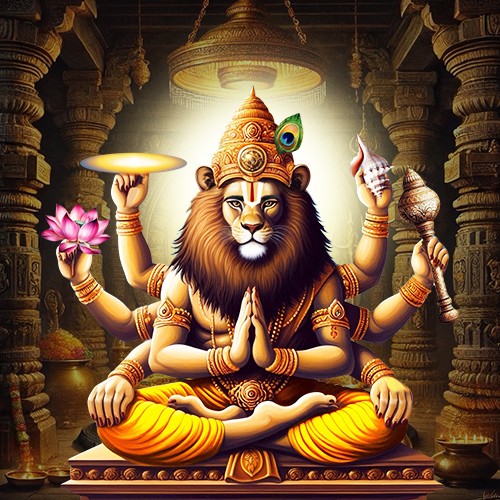
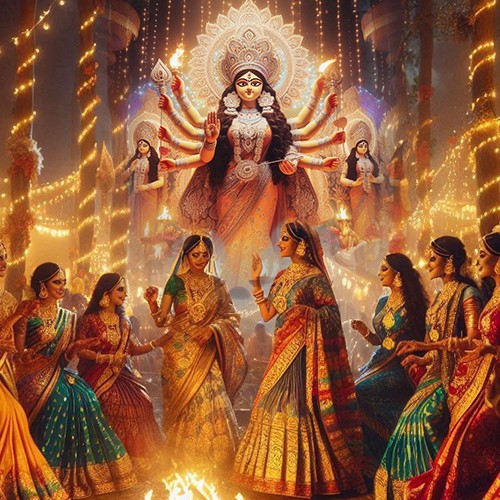
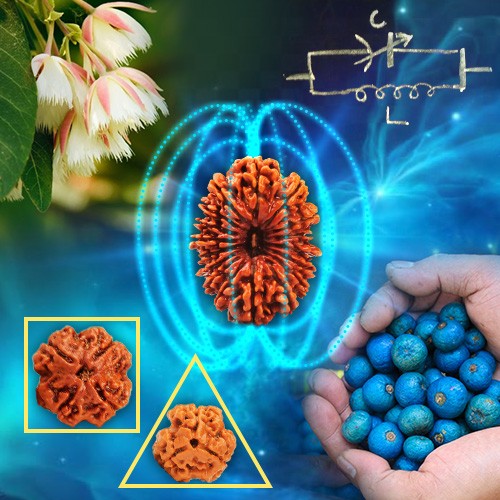

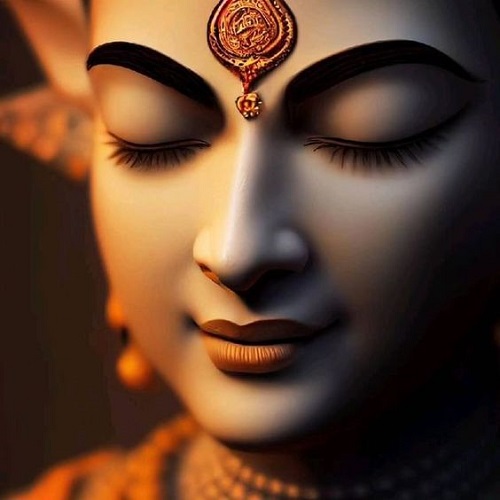
.jpg)
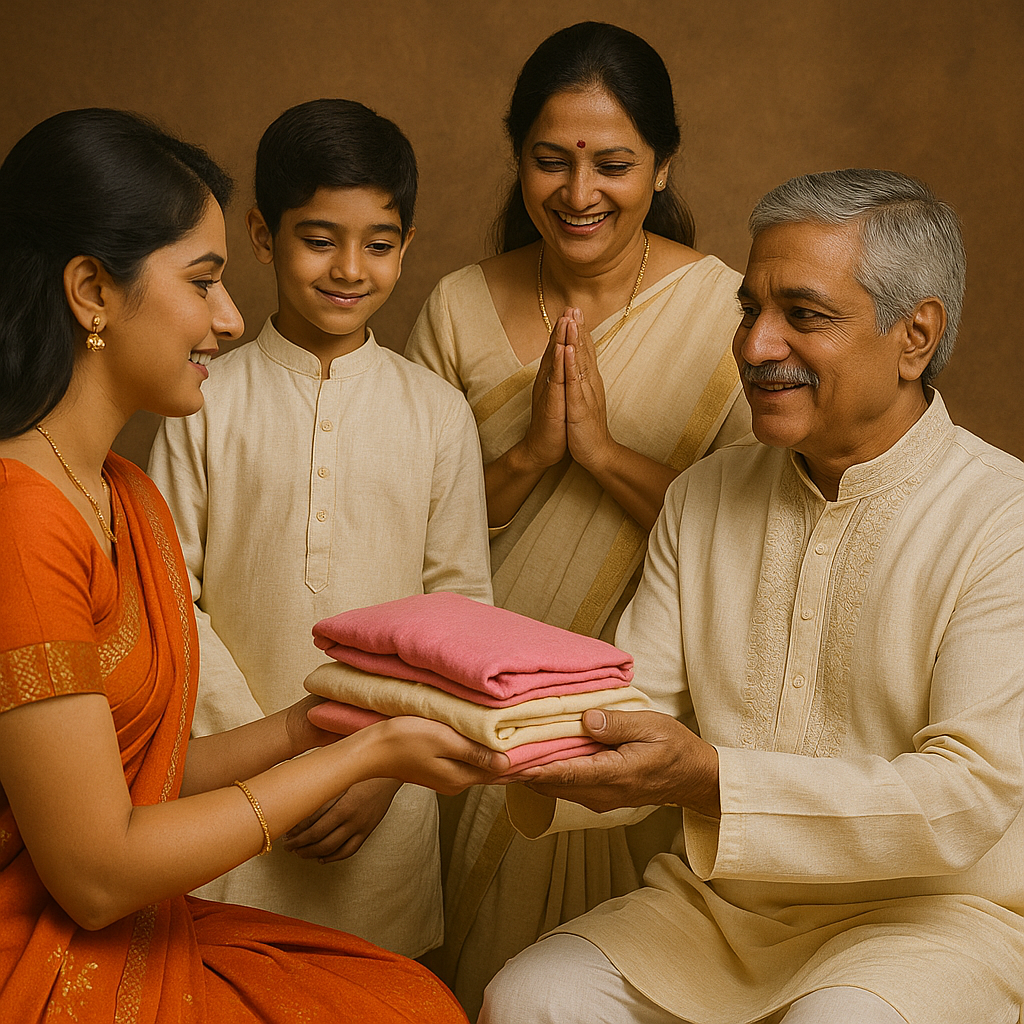
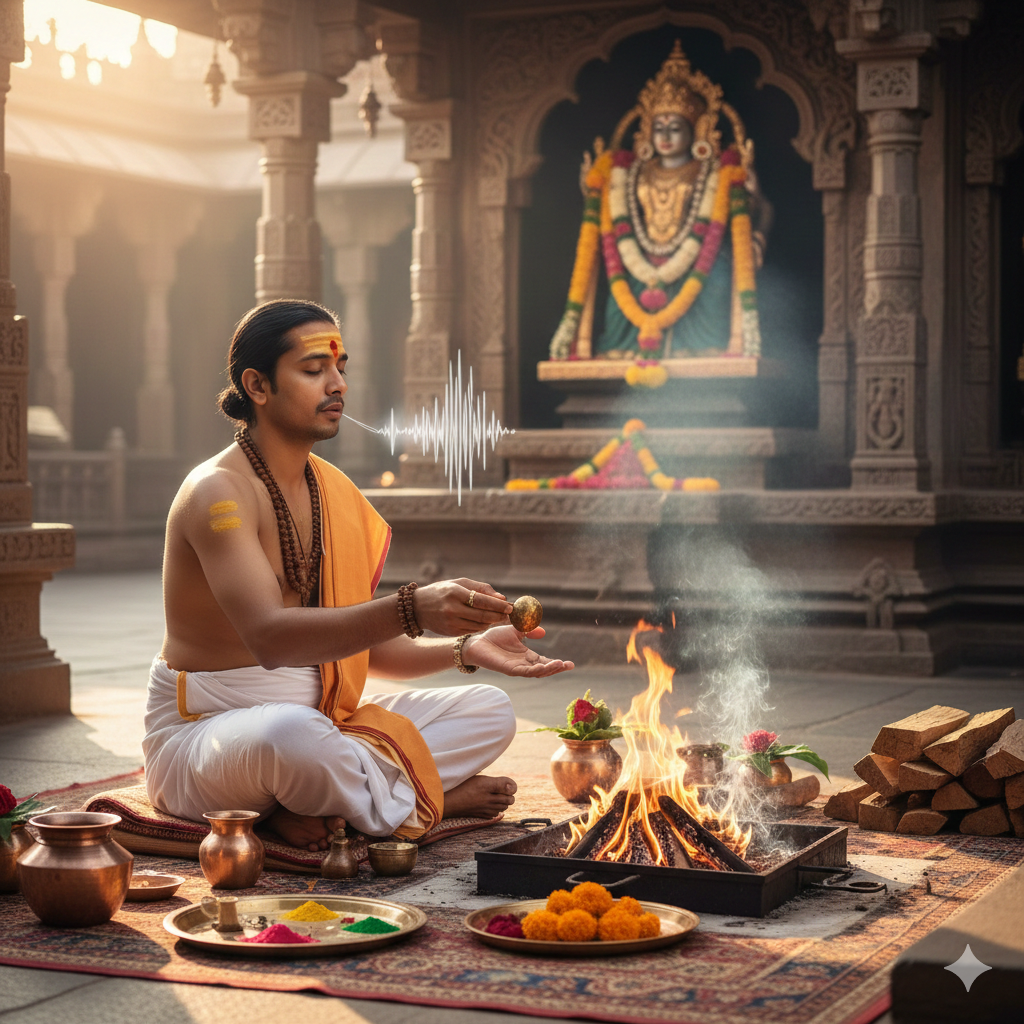

Comments 0
Leave your thought here